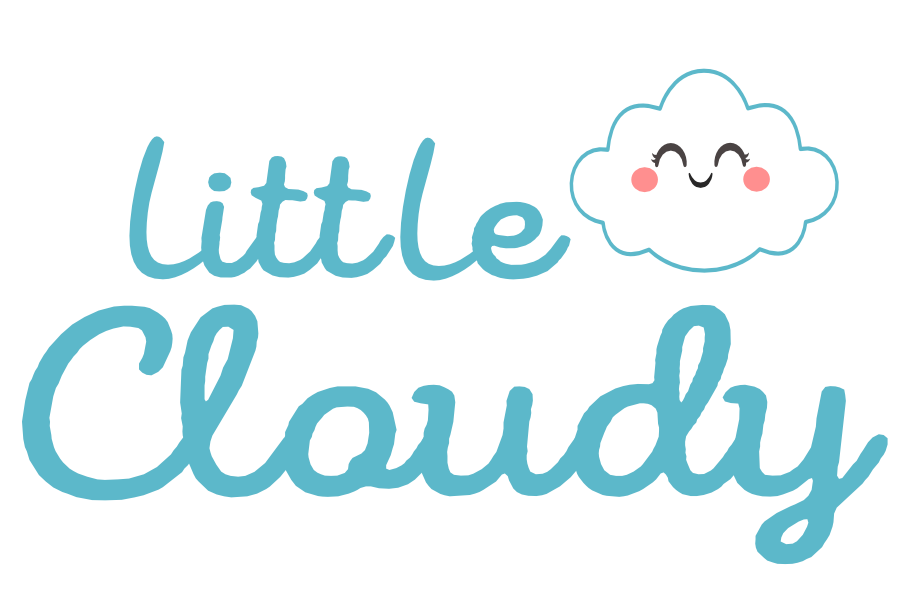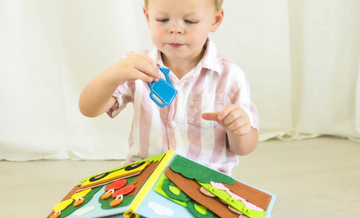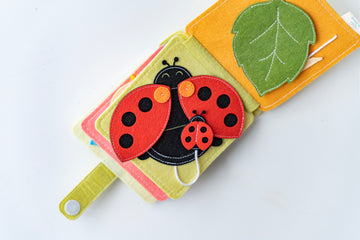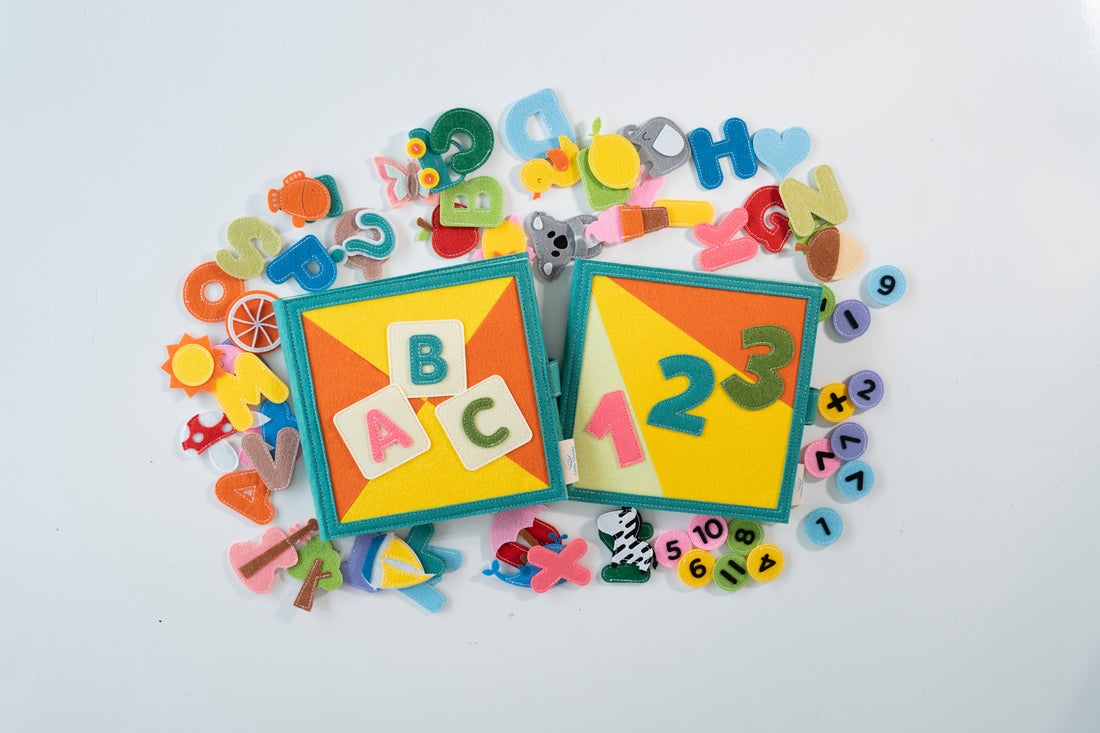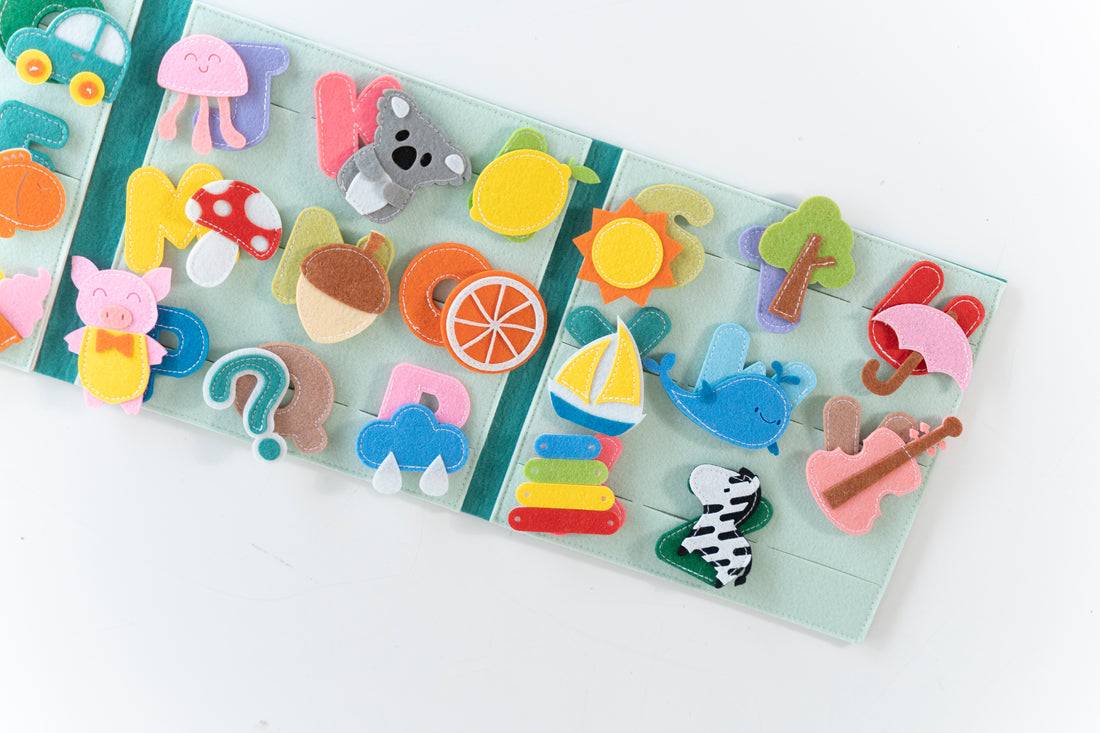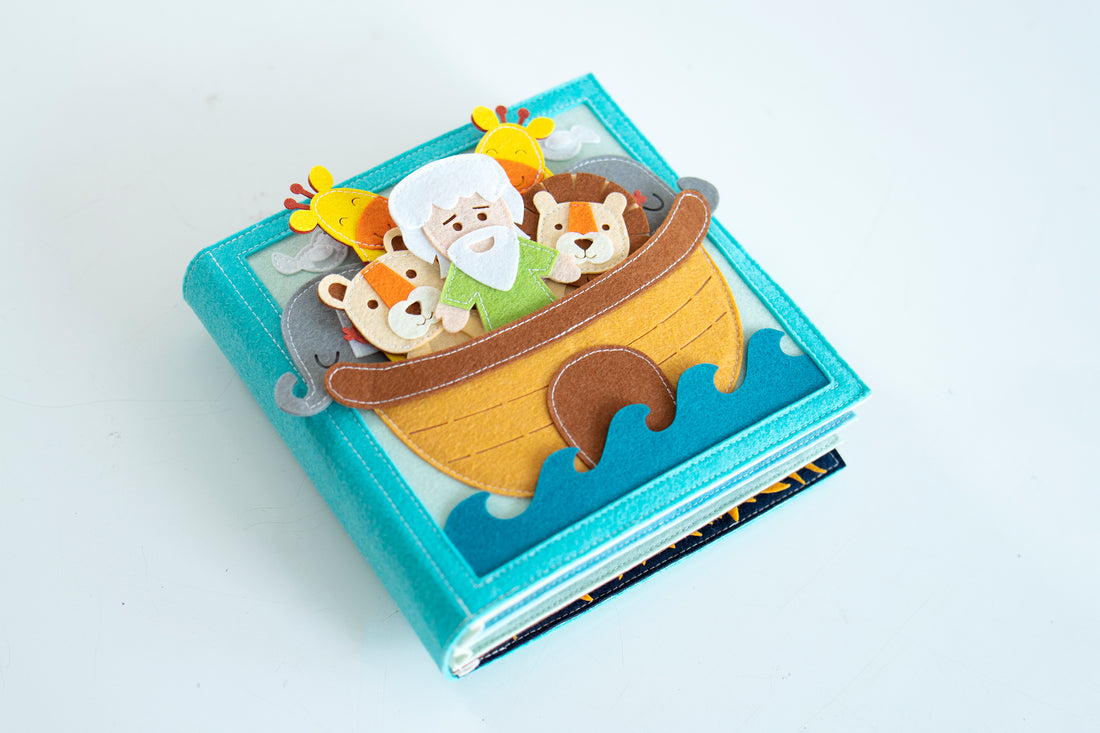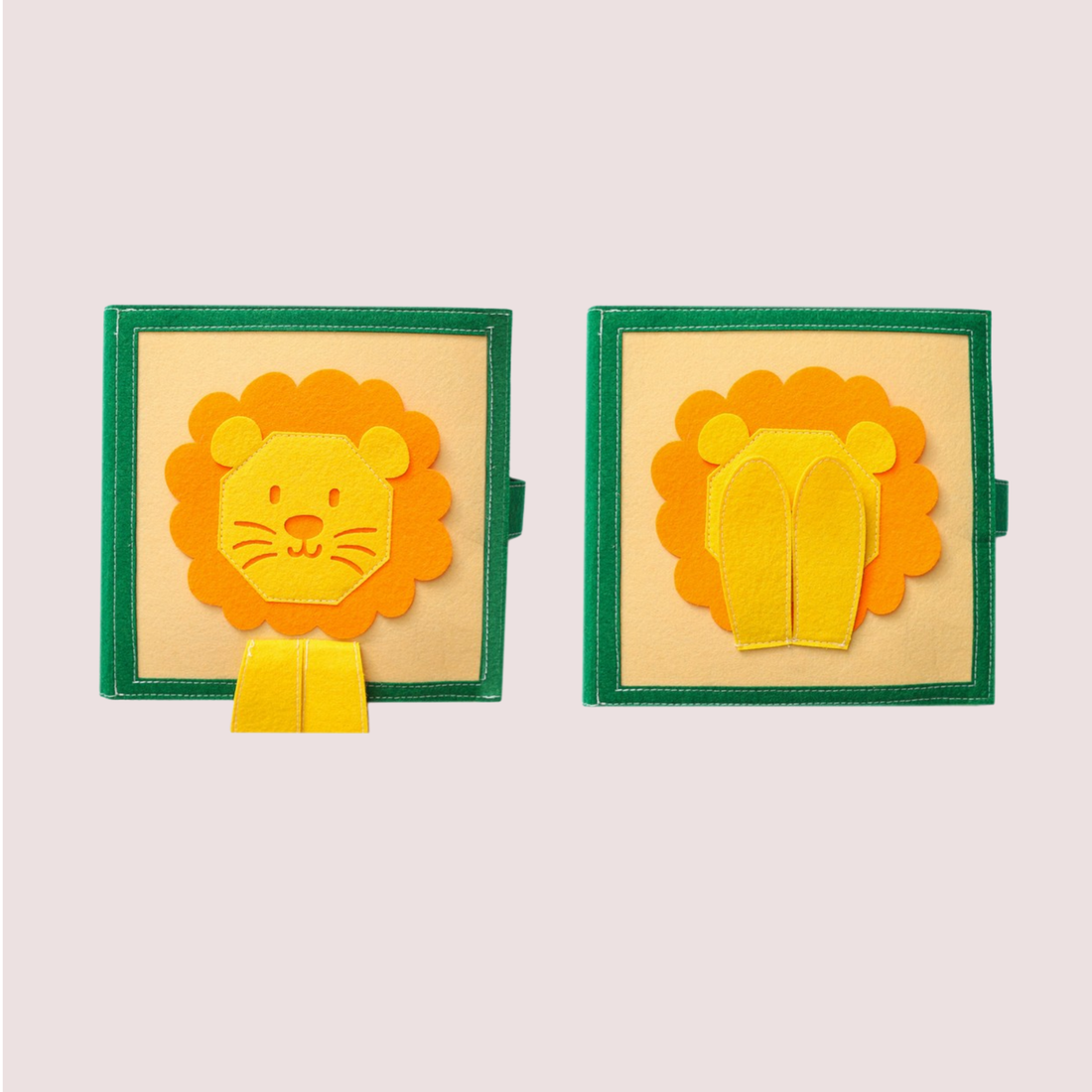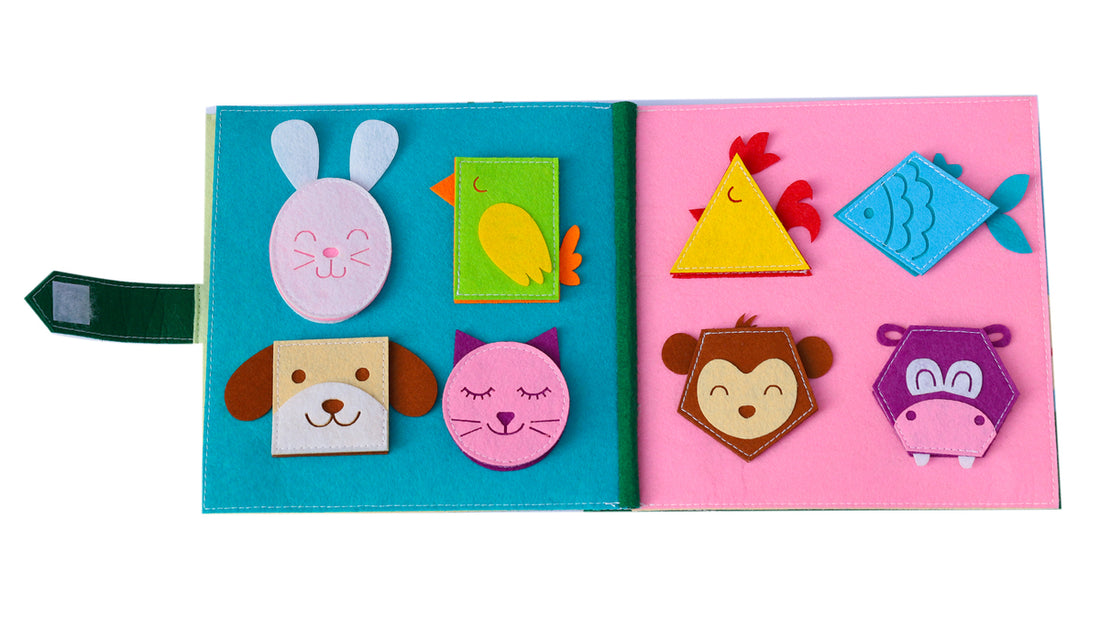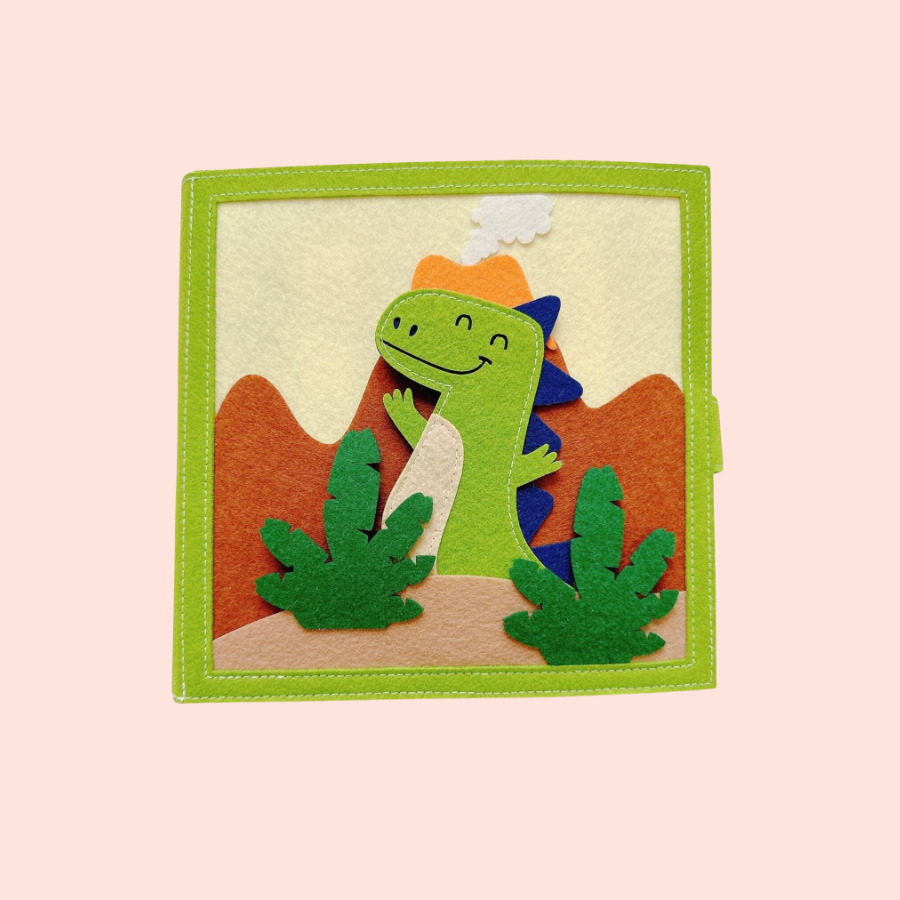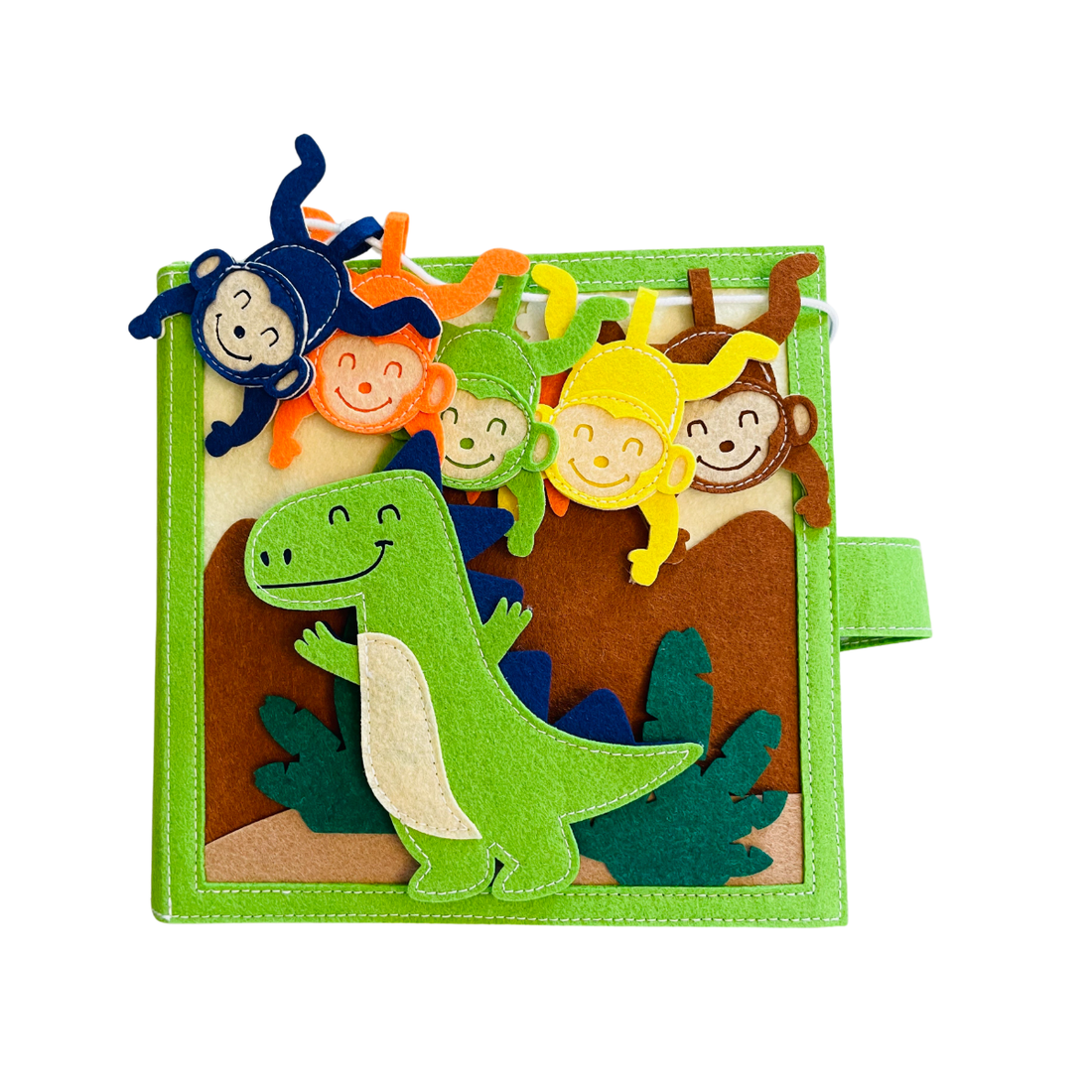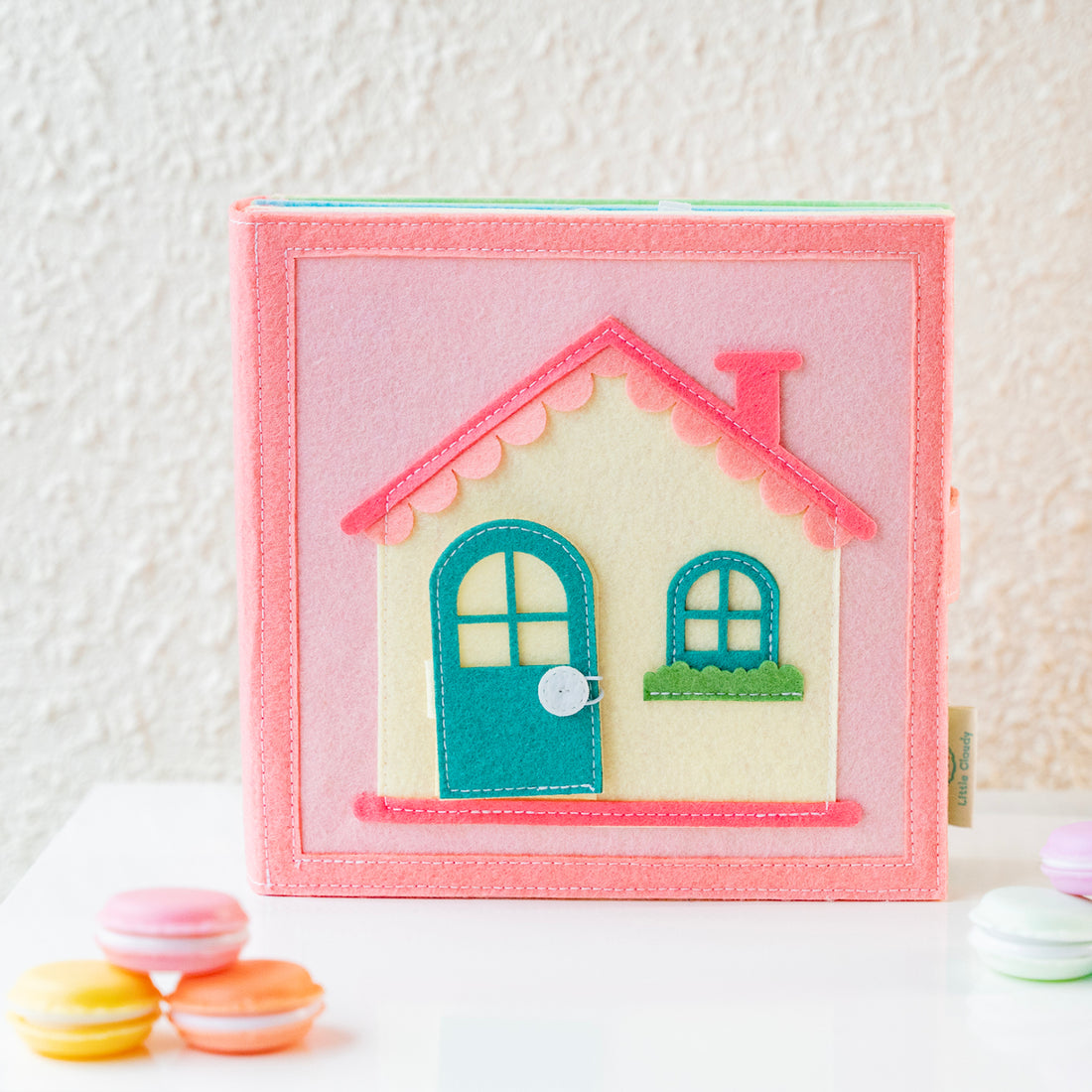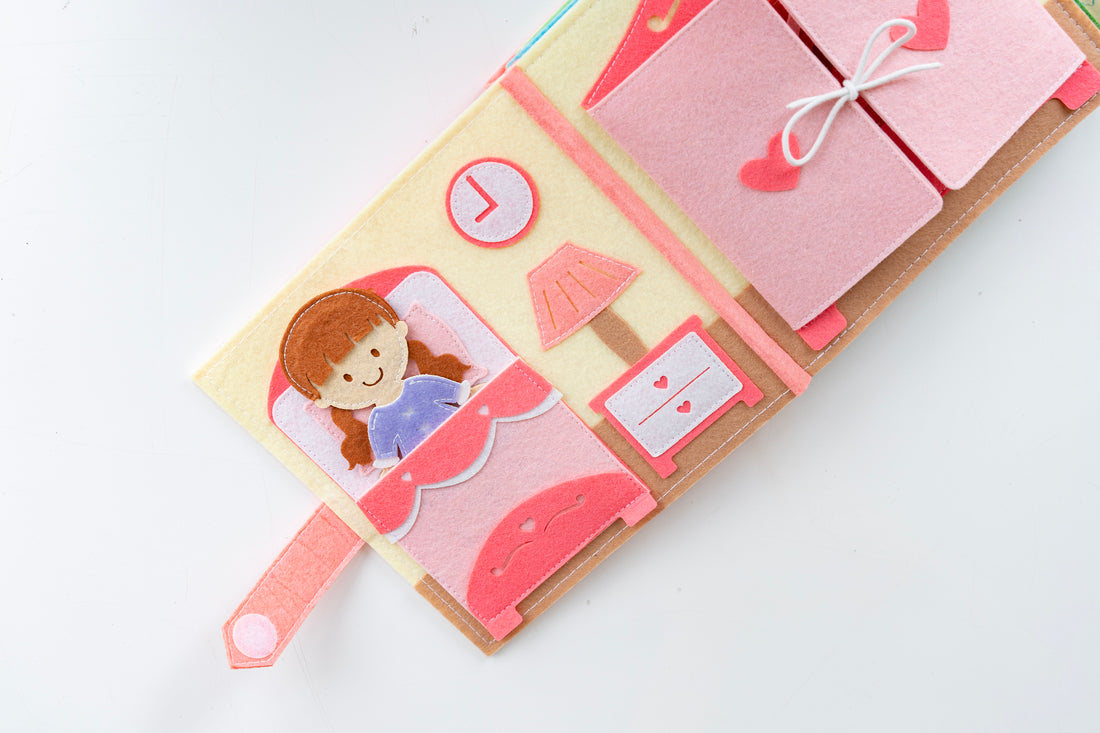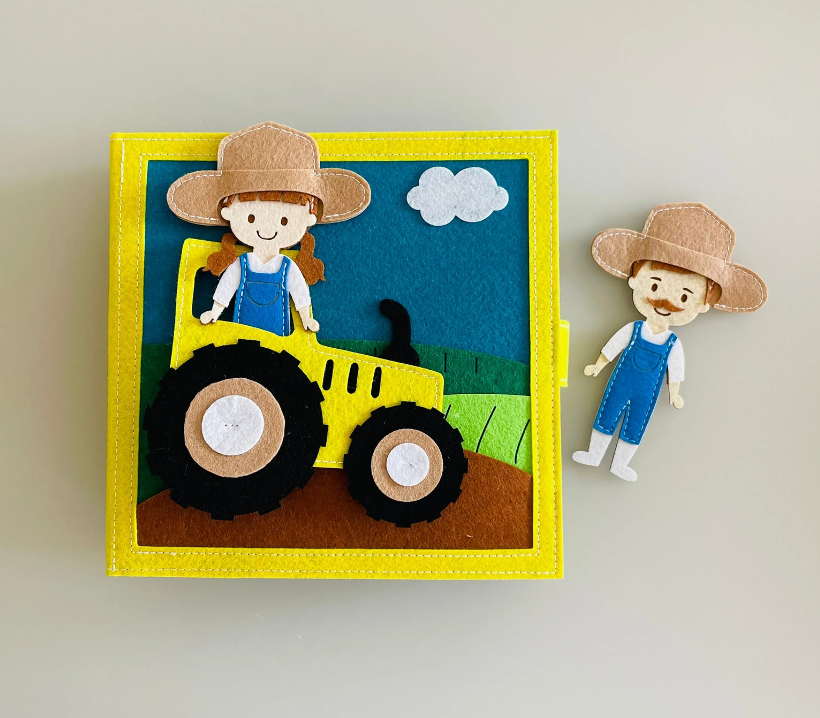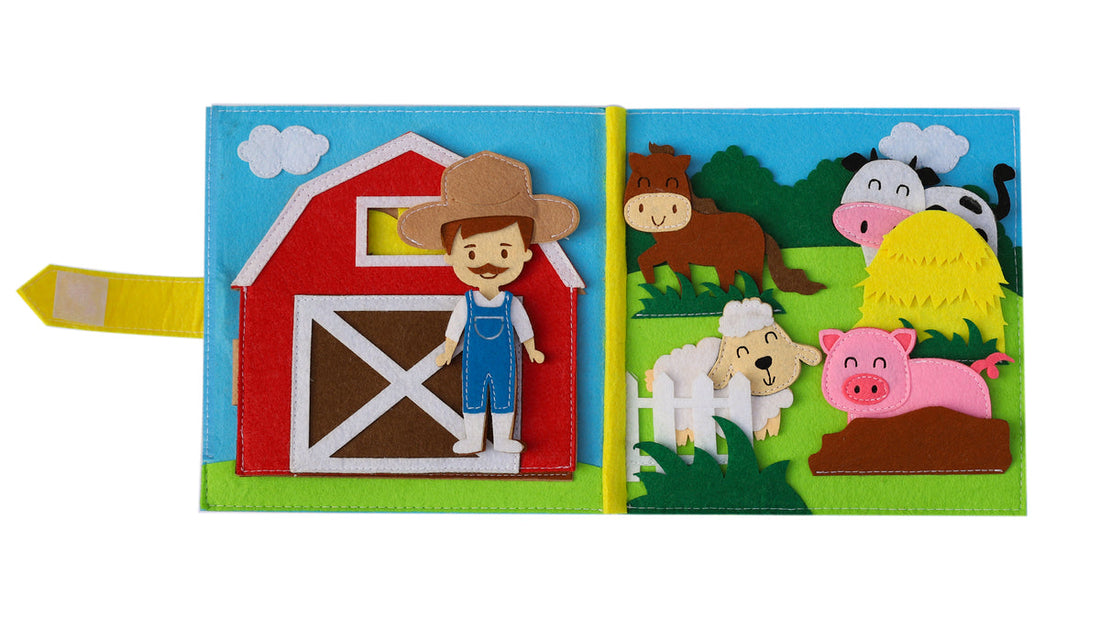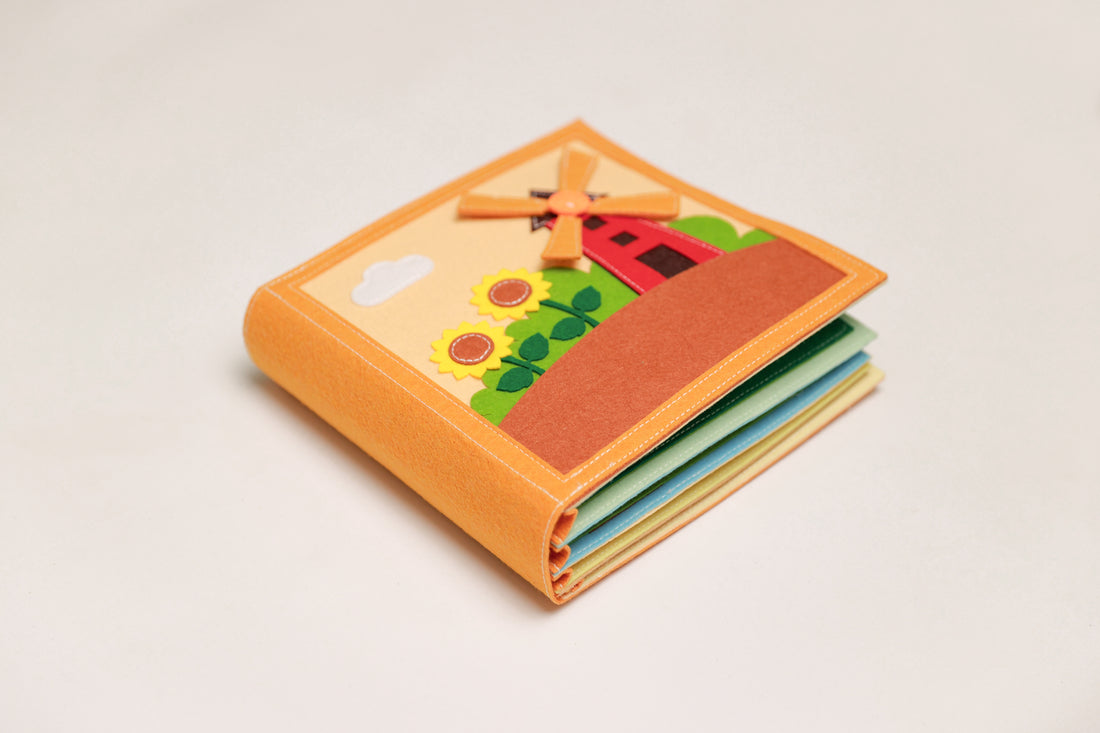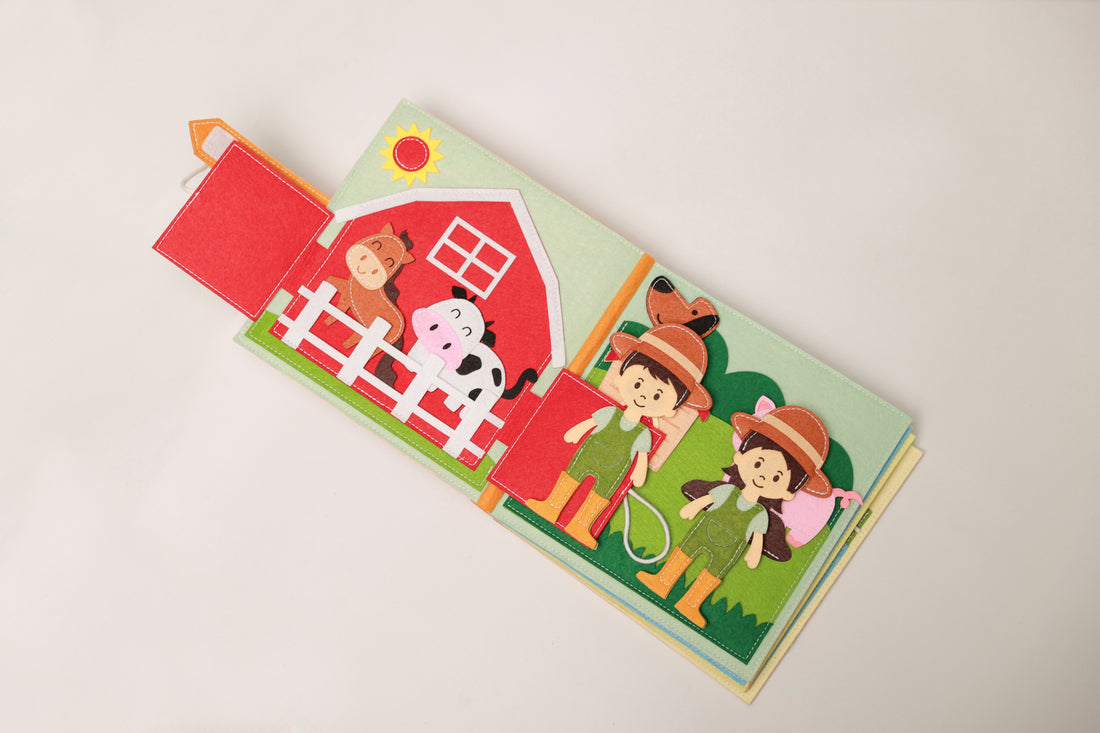You'll discover their numerous benefits, how to pick the perfect one, and creative ways to weave them into your child's daily routine.
Plus, we've reviewed some popular choices to make your decision easier.
Dive in, and let's make learning fun!
Exploring the Benefits of Activity Books for Kids
You're probably wondering what the benefits of activity books for kids are, aren't you?Well, let's dive right in.
Activity books are a great way to keep your child's brain engaged. They're not just about coloring and doodling, you know. They help in developing fine motor skills, such as hand-eye coordination and precision, which are essential for your child's growth.
They also enhance cognitive abilities, instilling problem-solving skills and encouraging creativity. Furthermore, they're a fantastic tool for teaching patience and concentration.
And, let's not forget, they're excellent for fostering a love for learning.
Types of Activity Books for Different Age Groups
Depending on your child's age, you'll find a variety of different fun-filled resources tailored to their developmental stage. Activity books for toddlers often focus on improving fine motor skills, with activities like coloring, tracing, and sticking.For preschoolers, you'll find books that introduce basic concepts such as numbers, letters, and shapes.
As they grow older, puzzle books and word search books become more suitable. They'll challenge your child's cognitive abilities, improving vocabulary and problem-solving skills. For the more artistically inclined, there are sketch books and origami books to foster creativity.
Tips for Choosing the Right Activity Book for Your Child
When selecting the perfect resource for your little one, it's essential to consider their age, interests, and developmental stage. Keep in mind, a book that's too advanced might frustrate them, while one that's too easy could bore them. Look for books that match their skill level and challenge them just enough to keep them engaged.Furthermore, it's important to align the book with their interests. If they're into dinosaurs, get a dino-themed activity book. If they love to draw, choose a book that encourages their artistic side.
Lastly, think about the book's educational value. A good activity book should not only entertain but also stimulate their mind and creativity. Remember, you're not just buying a book; you're investing in your child's growth and development.
Creative Ways to Incorporate Activity Books Into Daily Routine
Incorporating these resources into your daily routine can be a fun and creative way to enhance your child's learning experience.For instance, you could integrate activity books into morning routines. They're a great way for your child to begin their day with a dose of learning and fun.
You could also turn them into a post-dinner activity. This way, you're not only cultivating a learning habit but also reducing their screen time.
On lazy weekends, you can organize 'activity book parties'. Invite your child's friends over and make learning a social event.
Reviews of Popular Activity Books for Kids
You're probably wondering which educational resources are the best for your little ones, so let's dive into some reviews of popular learning materials for children.The 'Big Fun Workbook' series consistently gets high marks for its engaging, age-specific content. Parents rave about how it blends key skills with fun activities, keeping kids eager to learn.
Then, there's 'Brain Quest Workbooks', praised for its comprehensive curriculum-based exercises that make learning feel like a game.
'Kumon Workbooks' also come highly recommended. They're known for their systematic approach that fosters self-learning.
Lastly, 'School Zone's Big Workbook' series is applauded for its colorful pages and diverse activities.
What Are Some of the Potential Drawbacks or Limitations of Using Activity Books for Kids?
You might find that these resources can limit creativity, as they often provide structured activities. They can also become monotonous, and don't usually offer interactive or tactile learning experiences that kids need to fully engage.
How Can I Assess My Child's Progress or Improvement After Using Activity Books?
To assess your child's progress, you'd first identify the skills they're supposed to improve. Then, observe them during tasks, compare their current and past performances, and note any changes in their speed, accuracy, and confidence.
Can Activity Books Be Used as a Substitute for Traditional Schooling or Homeschooling Curriculums?
While activity books can supplement learning, they shouldn't replace traditional or homeschooling curriculums. They're great for practice and reinforcement, but don't usually offer the comprehensive education that formal schooling or structured homeschooling can.
Are There Any Online or Digital Alternatives to Physical Activity Books for Kids?
Yes, there are many digital alternatives available. You'll find online platforms offering interactive games, puzzles, and educational activities. They're convenient, engaging, and can be easily accessed from any device, making learning fun for your child.Are There Any Specific Activity Books Recommended for Children With Special Needs or Learning Disabilities?
Yes, there are certain books tailored to children with special needs or learning disabilities. Books like 'The Out-of-Sync Child Has Fun' and '1001 Great Ideas for Teaching and Raising Children with Autism' come highly recommended.
So, you've seen how activity books can be a game-changer for kids. They're not just fun, they're also educational.
No matter your child's age, there's a perfect activity book out there. It's all about making smart choices and fitting it into their daily routine.
Don't wait, give these popular activity books a try. Your child's learning will thank you!
